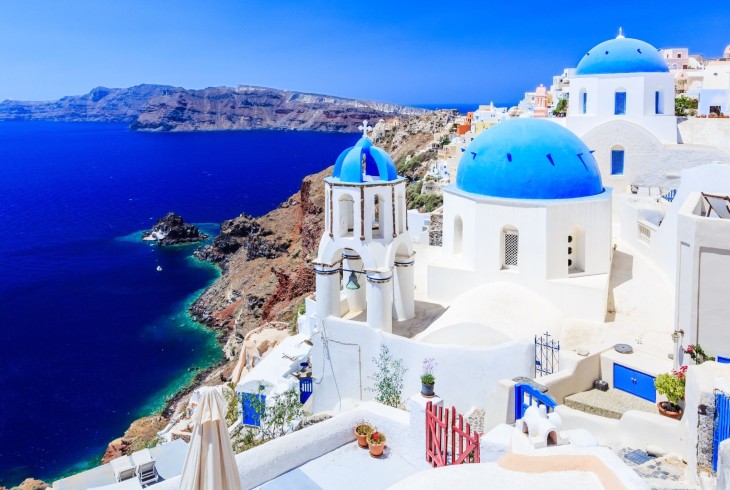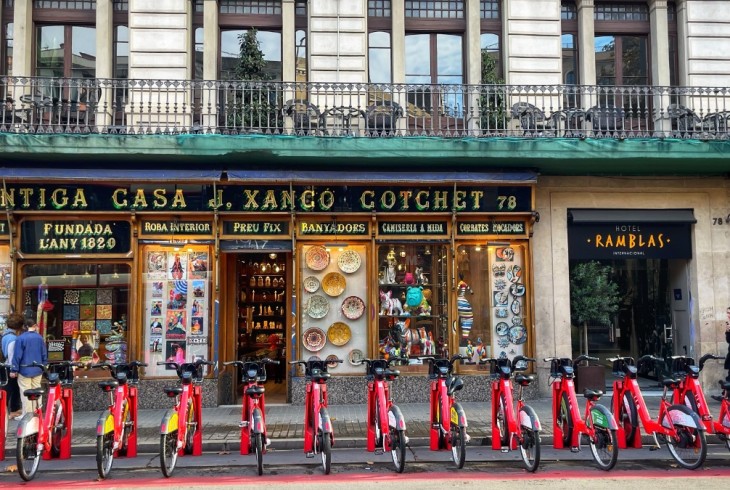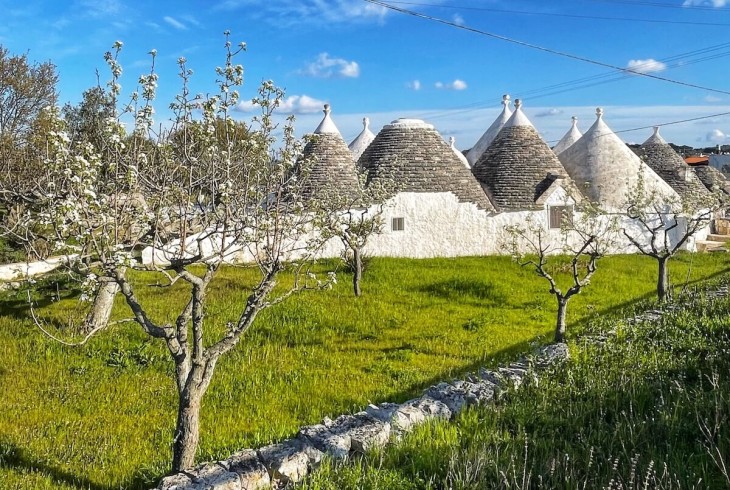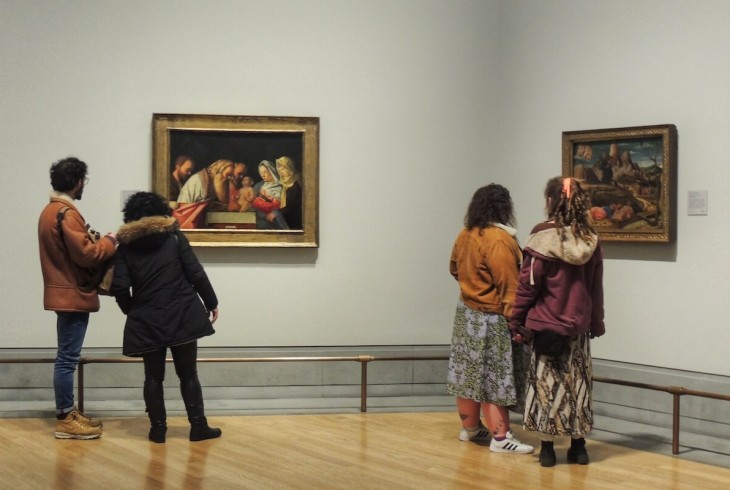FIVE REASONS TO VISIT SANTORINI
The most enchanting of the Cycladic islands is known worldwide for its white hilltop villages dotted with blue churches and its unparalleled sunsets; but there is so much more. If you are thinking of visiting the Greek Islands, then look no further for five reasons to visit Santorini. The Sunsets of Santorini are out of this world! The iconic sunset vistas of Santorini are famous worldwide. Why? Well, the unique setting of the volcanic isle mean that when the sun sets, it literally sinks into the caldera bathing the whitewashed houses in waves of colour. Wherever you are on the island the sunset is wonderful, time stops at that magical hour and those waiting for the spectacle stop holding their breath. The most northerly town of Oia is the popular sunset spot, below the town at the castle. You will have to share that magical moment with the throngs of other visitors jostling for the view and that perfect photo. The town of Imerovigli is in the middle of the caldera ridge, from here you can watch the sun setting into the ocean directly in front of you with far fewer crowds. The ultimate view is from the Akrotiri lighthouse, although not easy to get to, with a blanket and a bottle of wine it is the perfect place to watch the majestic sunset of Santorini. Santorini is a top honeymoon destination thanks to the picturesque views and beautiful sunsets. The dramatic scenery of jagged volcanic cliffs against the azure blue water and the white houses speckled with blue domes are like something out of a fairy-tale. For that special stay, Santorini has luxury hotels and suites on the caldera with breath-taking sunset views. If you prefer something more intimate away from the crowds try the hidden gem of Pyrgos, a traditional hilltop town surrounded by vineyards that boasts 360 panoramic views of the whole island. The medieval alleys, untouched by tourism are home to wine bars and tavernas, galleries, and boutiques making it the perfect place to explore hand in hand without the crowds. Why not spend a dreamy day out sailing on a private yacht? Swim in hot springs and watch the sunset onboard from the middle of the caldera. There are so many romantic things to do together like horse riding on the beach, have a photo shoot or spend the day lazing in a hammock on Eros beach. One thing is for certain; you will be spoilt for choice for restaurants with a magical setting.
FIVE REASONS TO VISIT SANTORINI Read More »




